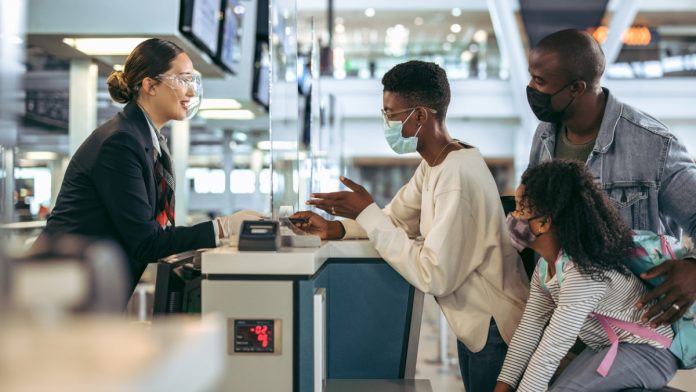The International Air Transport Association (IATA) has called on governments to adopt simple, predictable and practical measures to safely and efficiently allow the ramping-up of international travel.
IATA has urged governments to focus on three key areas – simplified health protocols, digital solutions to process health credentials, and COVID-19 measures proportionate to risk levels, with a continuous review process.
IATA states that over the next months there is a need to move from individual border openings to the restoration of a global air transport network. The association argues that a laser-focus on simplicity, predictability and practicality is essential.
Their key recommendations include:
- Remove all travel barriers (including quarantine and testing) for those fully vaccinated with a WHO-approved vaccine.
- Enable quarantine-free travel for non-vaccinated travellers with a negative pre-departure antigen test result.
- Use of a digital health credential to record health status. The European Digital Covid Certificate (EU DCC) is widely accepted and recognised as good practice, with 22 non-EU States currently having equivalence agreements with the EU DCC.
- Creation of a digital web portal or application through which passengers can present their travel health credentials directly to the respective governments for verification. Aruba’s MyAruba web portal and Canada’s ArriveCAN app are good examples from which other countries can learn, and Australia’s Digital Passenger Declaration platform promises to further streamline processes.
- A web-platform providing clear explanations of entry requirements tailored to the individual passenger’s residence status, health status, travel history and any other required variable. The Swiss Federal Office of Public Health Travelcheck portal is a good practice example for its ease of use, simplicity and clarity.
- Publish the risk assessments that are used to make decisions relating to international travel to enhance predictability for both consumers and industry.
- Review existing processes and apply sunset clauses to public health measures to ensure that they are only in place for as long as needed.
- Develop a roadmap for restoring aviation connectivity in the post-pandemic phase.








 ©2024 All rights reserved LaingBuisson
©2024 All rights reserved LaingBuisson 


